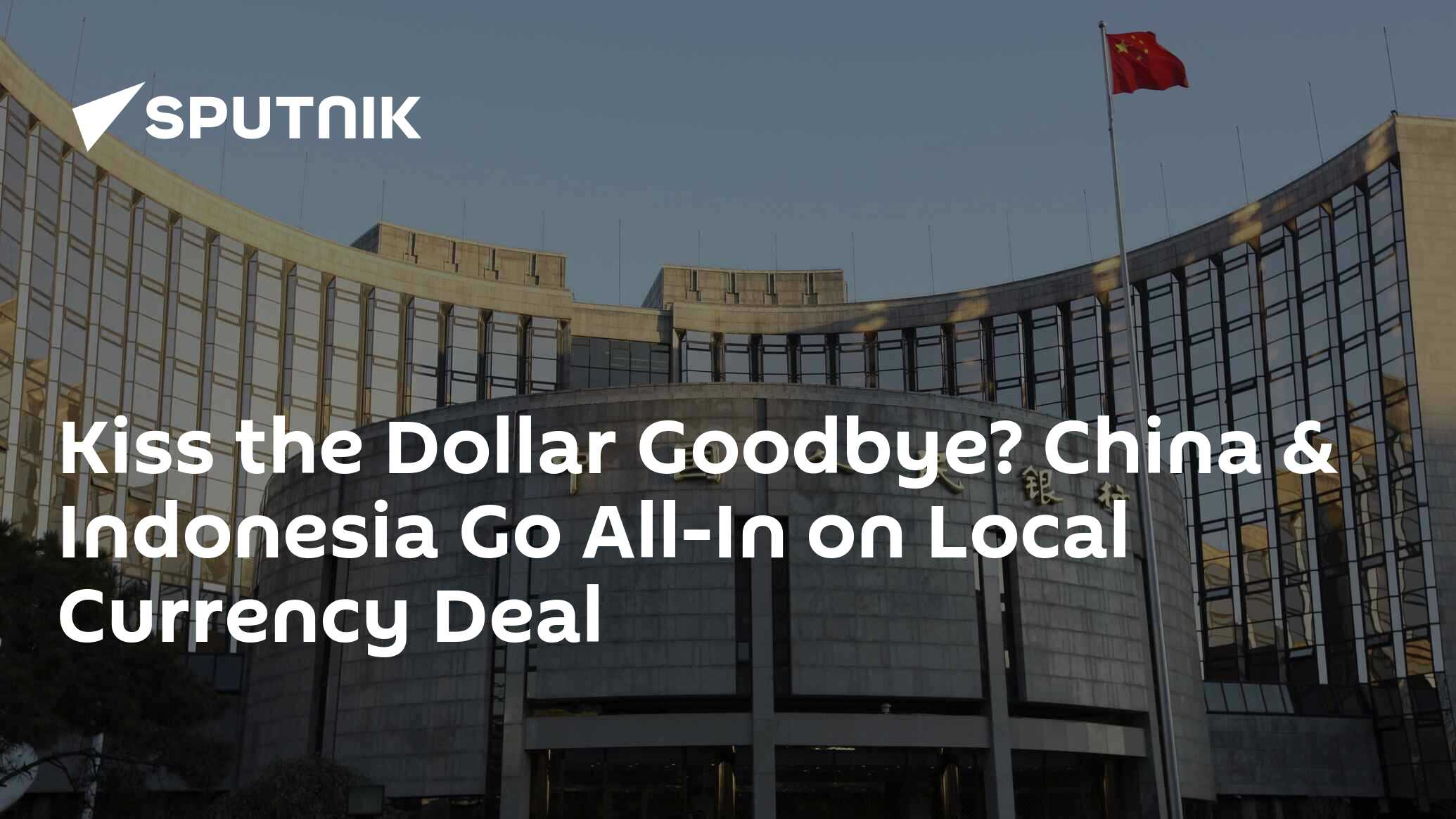Kiss the Dollar Goodbye? China & Indonesia Go All-In on Local Currency Deal
Kiss the Dollar Goodbye? China & Indonesia Go All-In on Local Currency Deal

Kiss the Dollar Goodbye? China & Indonesia Go All-In on Local Currency Deal

Interesting development. Note that Indonesia has the world's 7th largest economy in GDP (PPP) figures.
Snip:
China and Indonesia had signed the Memorandum of Understanding (MoU) on establishing a cooperation framework to promote bilateral transaction settlement in local currencies, the People’s Bank of China (PBOC) has said.
"Under the joint witness of Chinese Premier Li Qiang and Indonesian President Prabowo Subianto, Pan Gongsheng, Governor of the People’s Bank of China (PBOC), and Perry Warjiyo, Governor of Bank Indonesia (BI), signed the Memorandum of Understanding (MoU) for the Establishment of a Framework for Cooperation to Promote Bilateral Transactions in Local Currencies," the central bank said in a statement on Sunday.
The MoU expands and upgrades the previous agreement of September 30, 2020, the statement said. The newly signed MoU broadens the use of local currency settlement to cover all transactions, including capital and financial accounts, beyond just current account transitions and direct investments.